
Wir reisen, also sind wir
vakantio.de/wirreisenalsosindwir
Peru: Sacred Valley
வெளியிடப்பட்டது: 16.10.2018
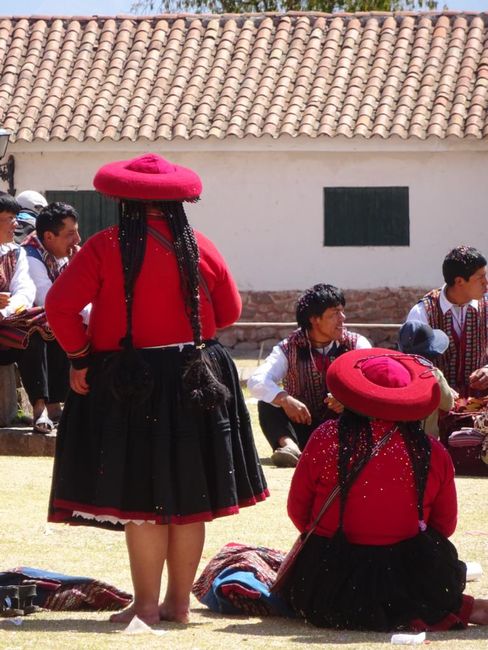
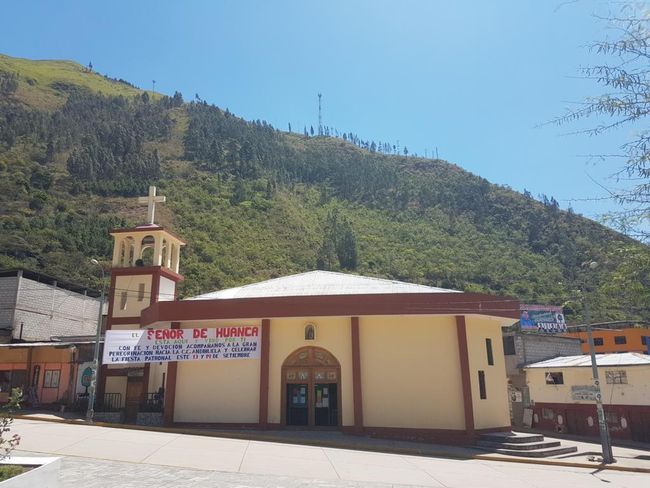
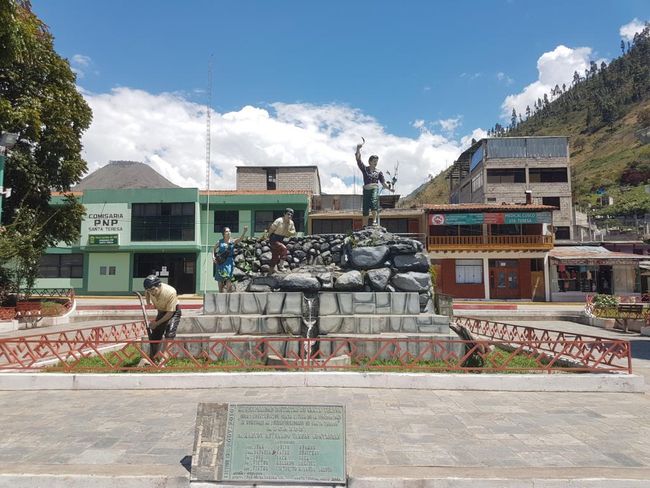
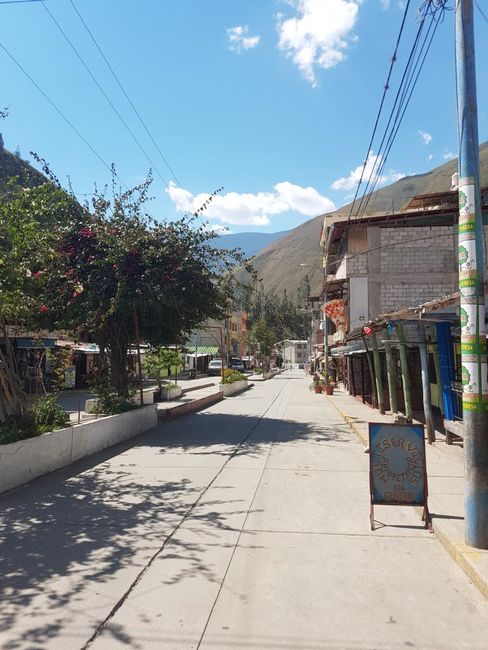
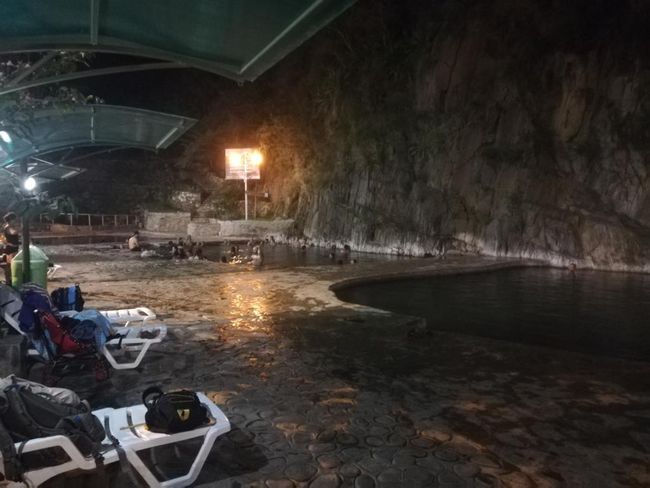
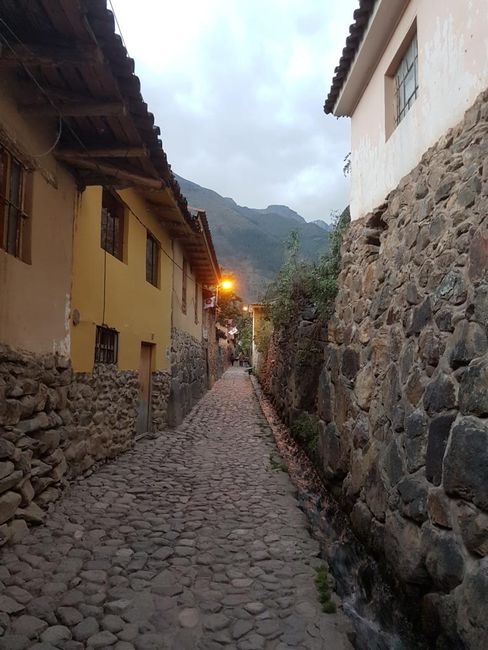
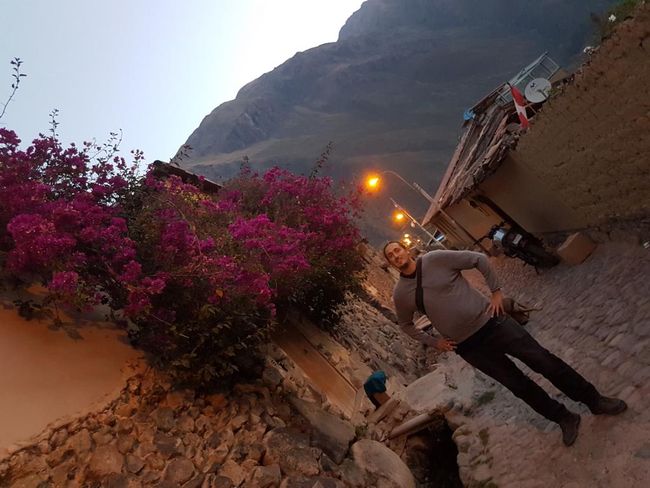
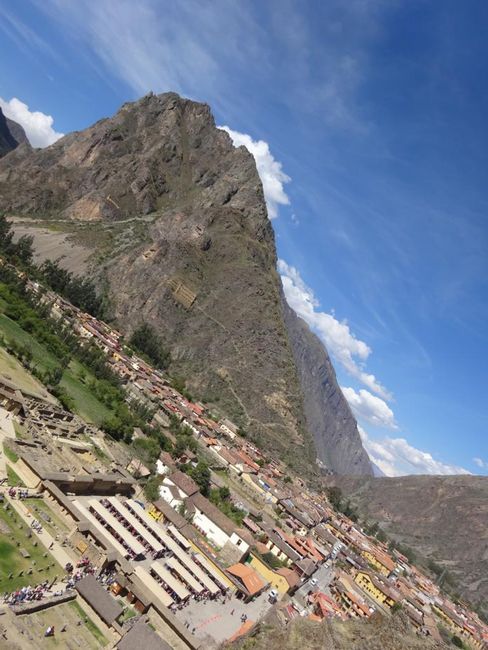
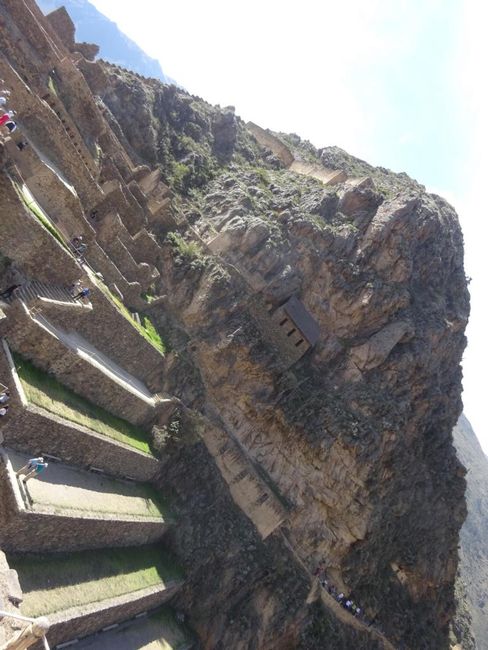
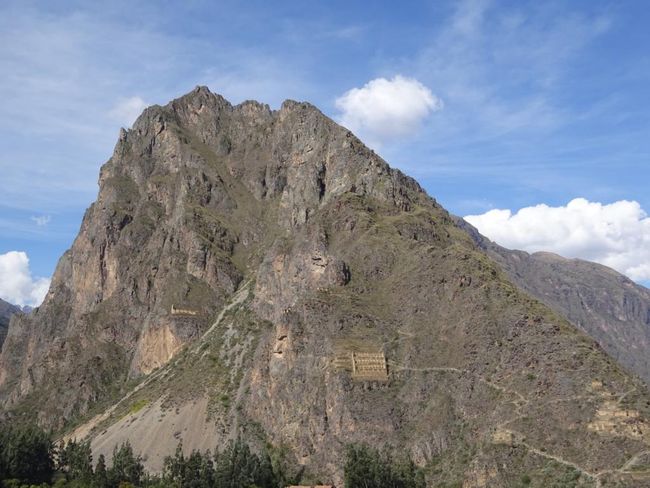
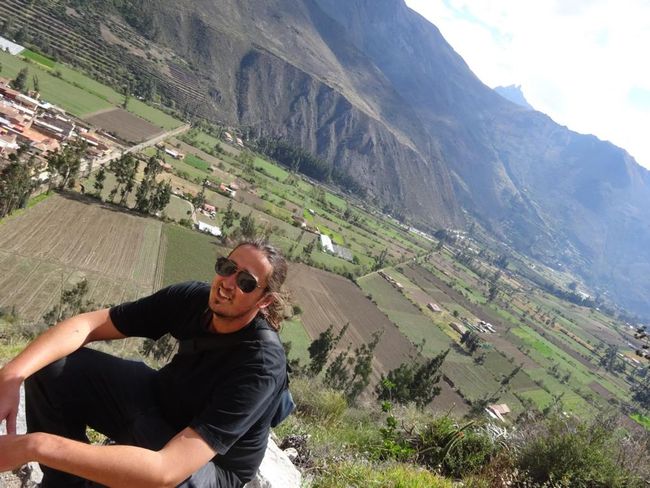
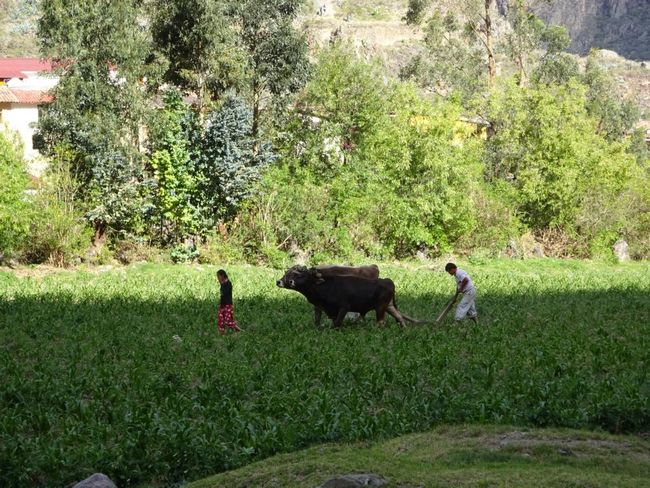
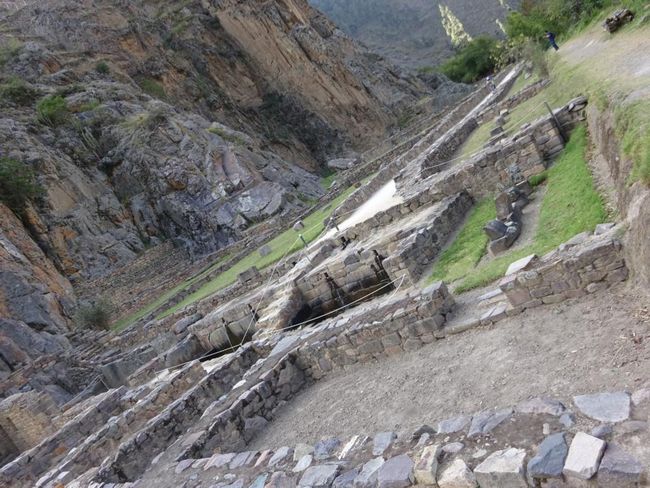
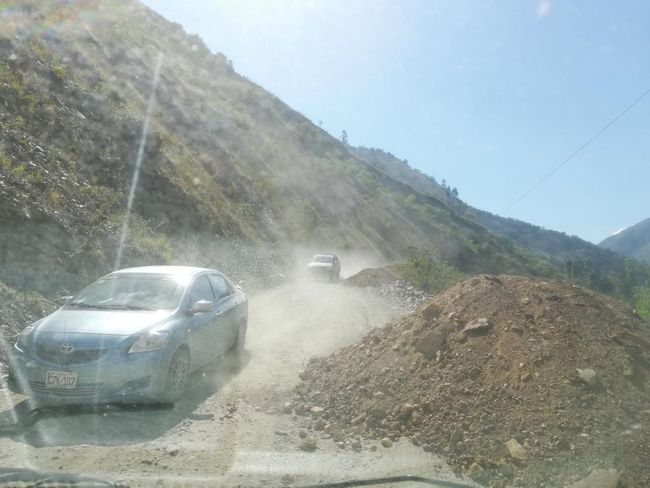
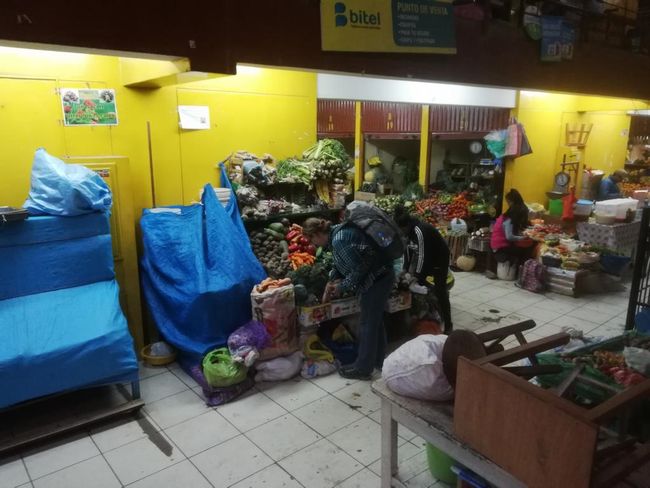
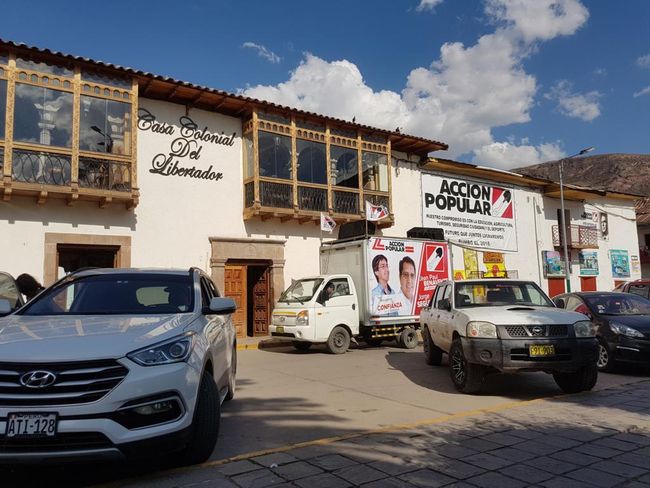
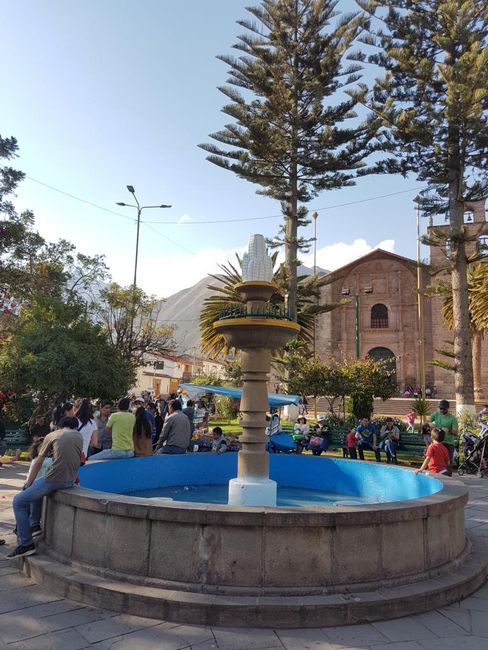
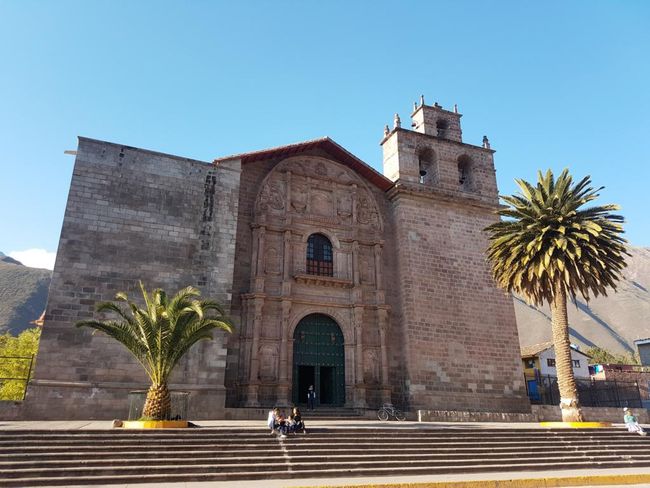
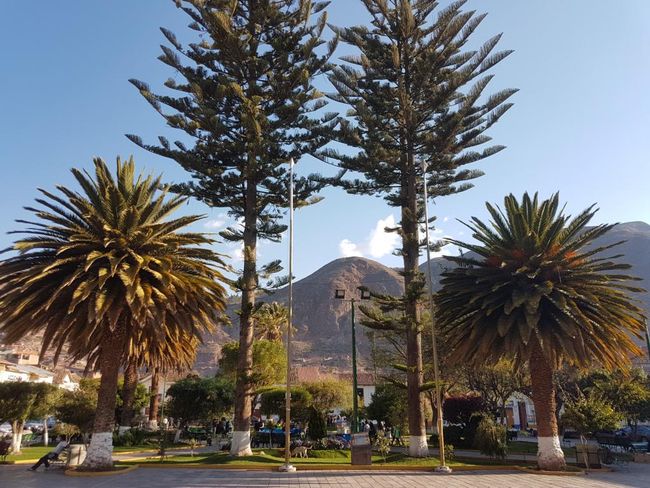
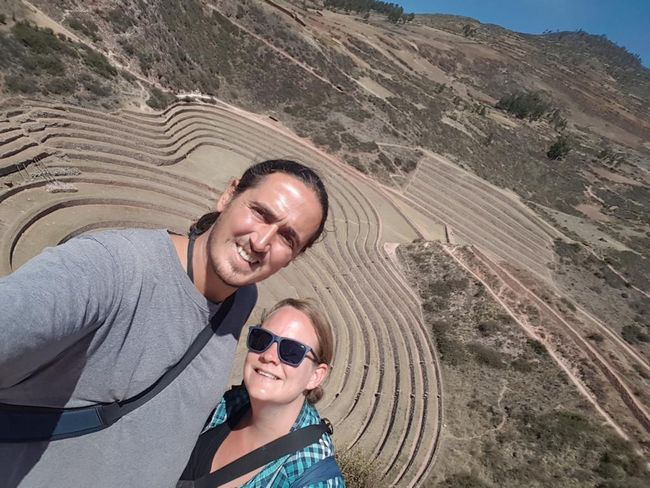
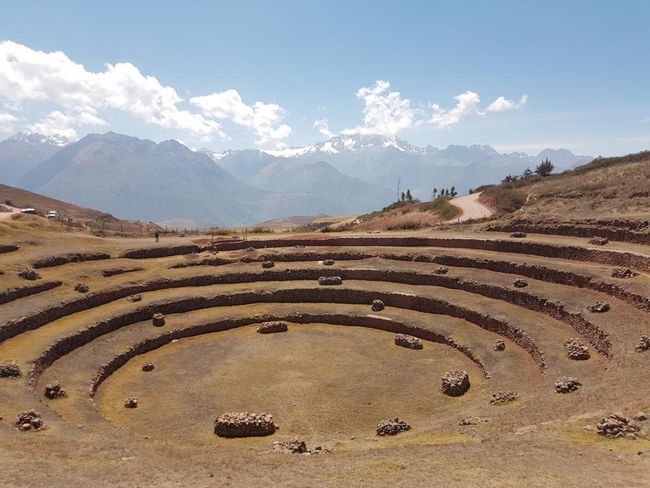
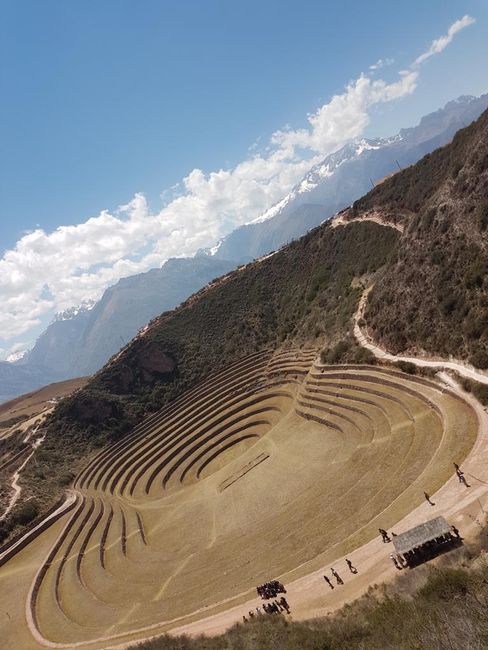
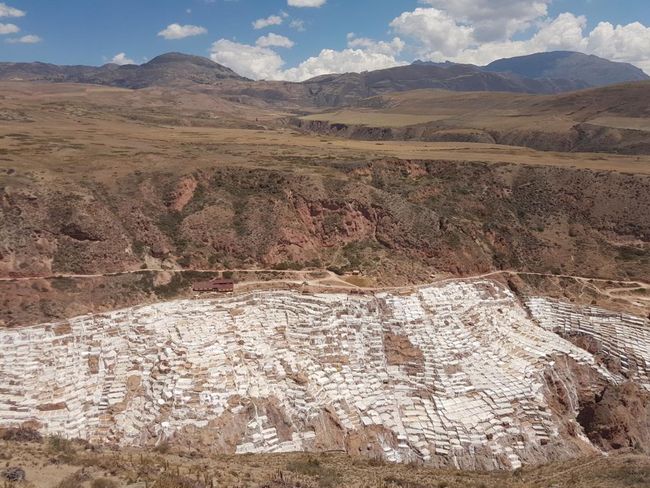
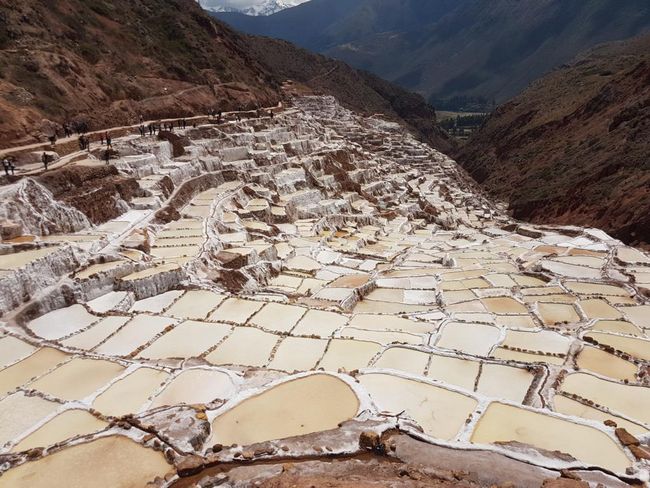
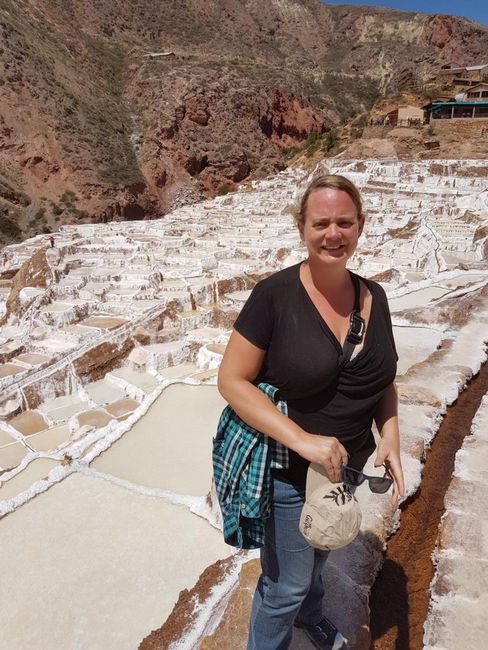
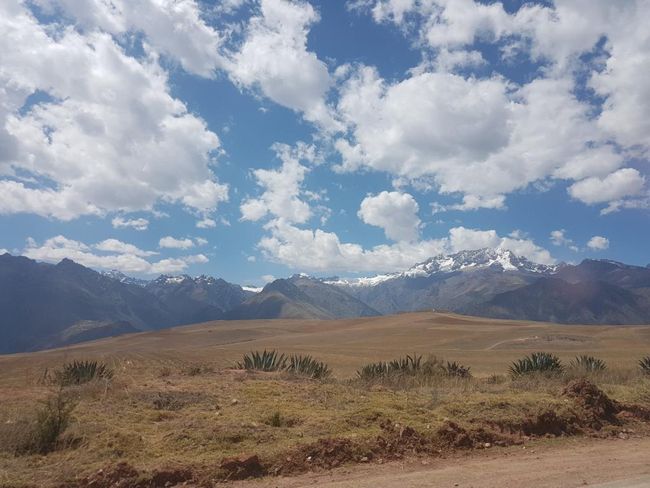
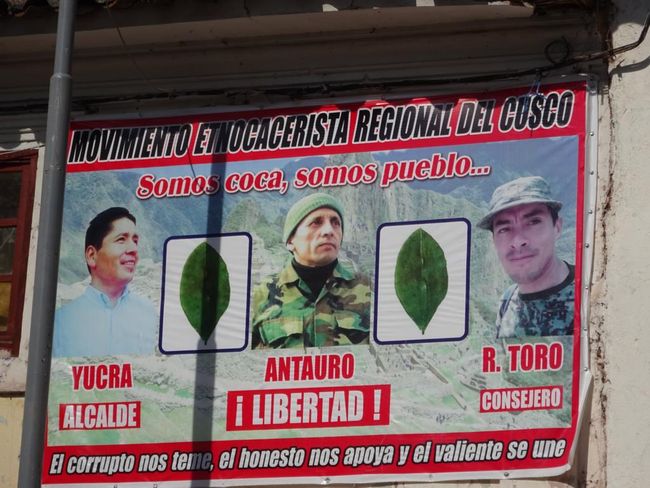
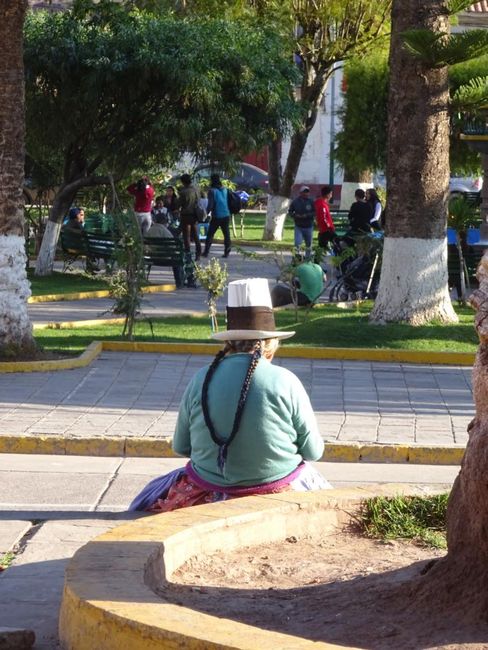
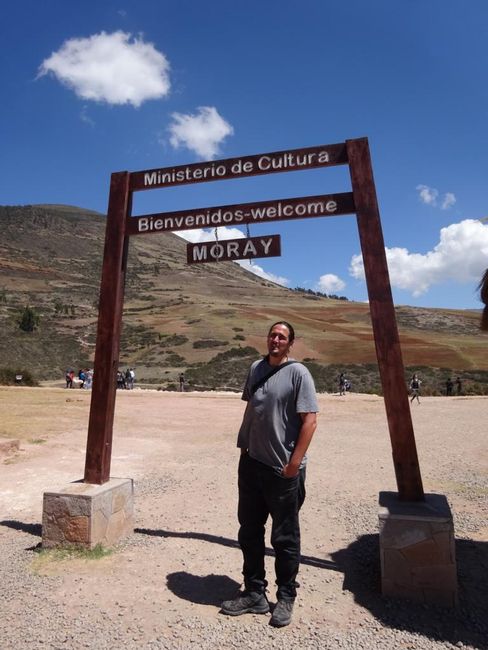
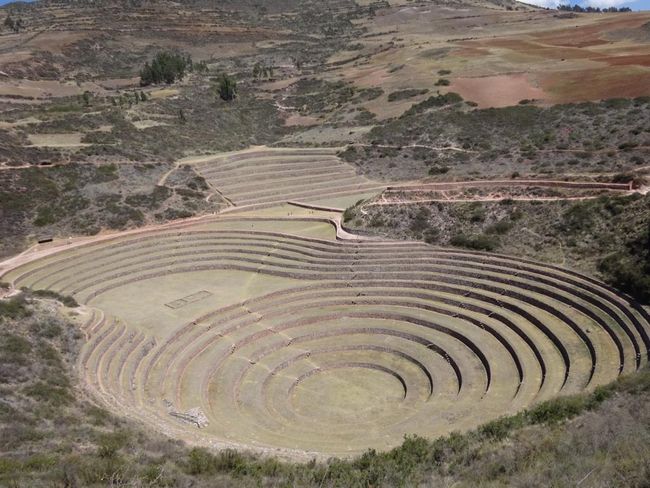
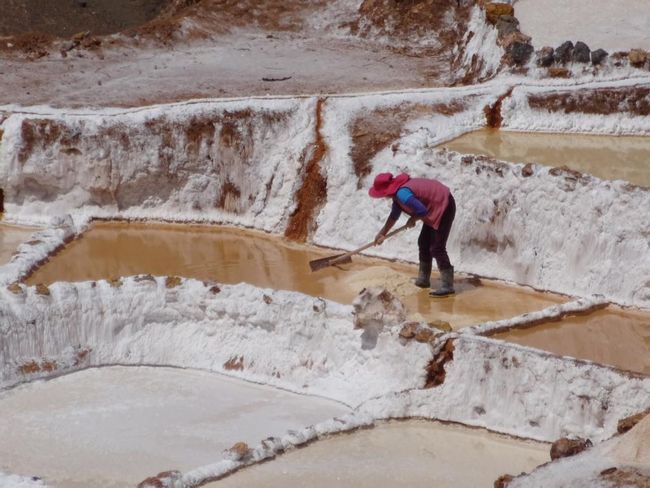
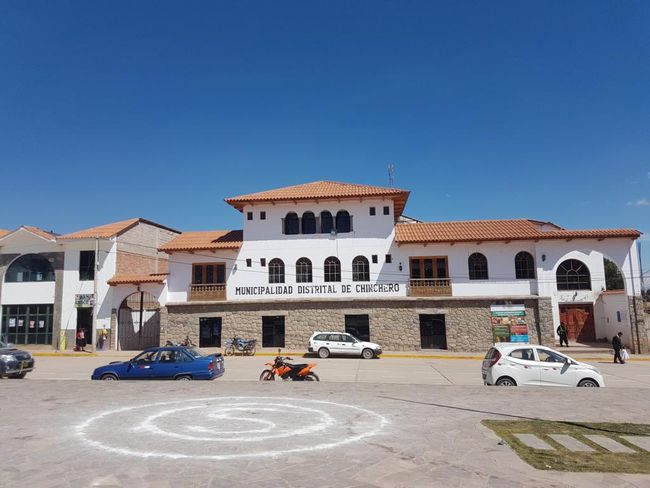
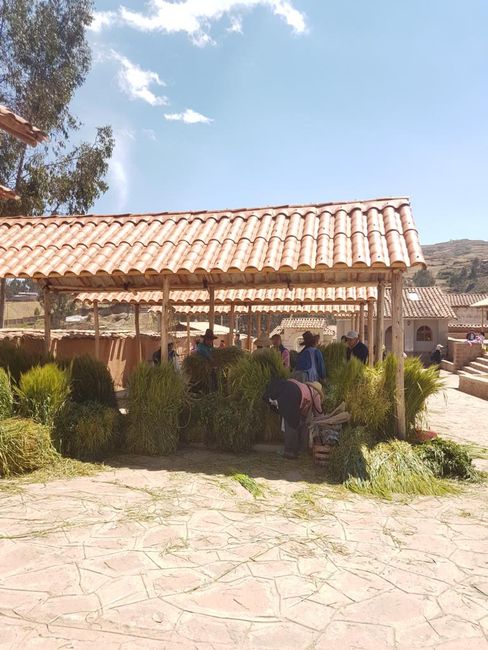
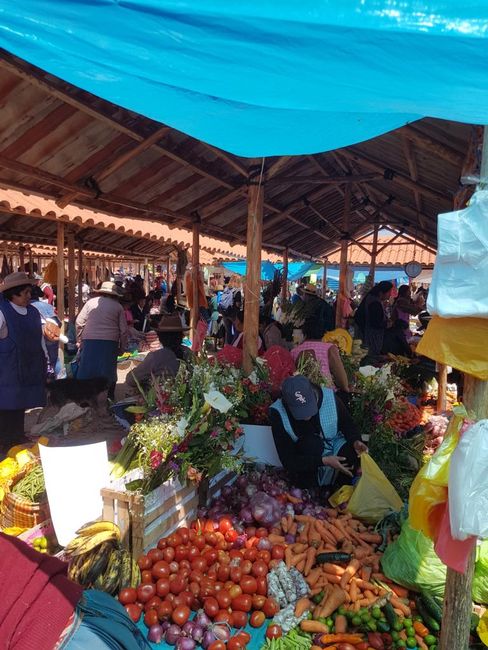
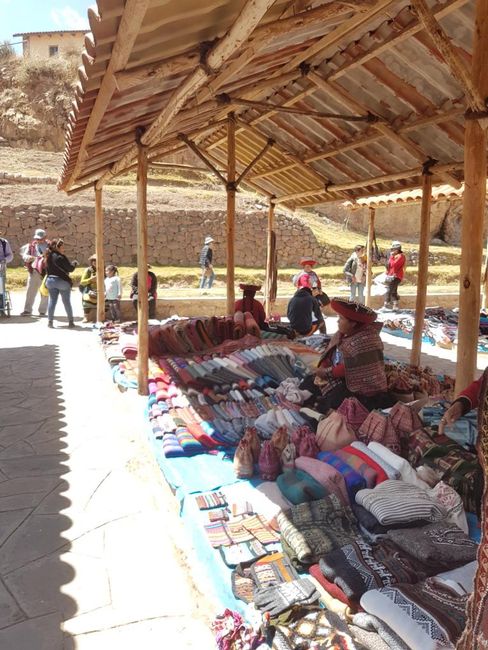
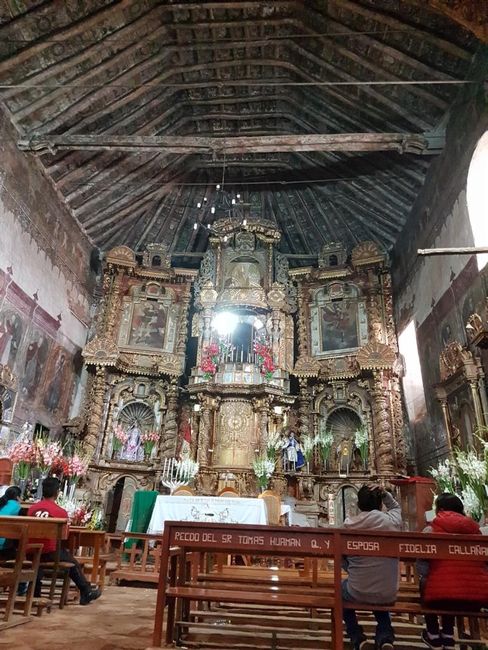
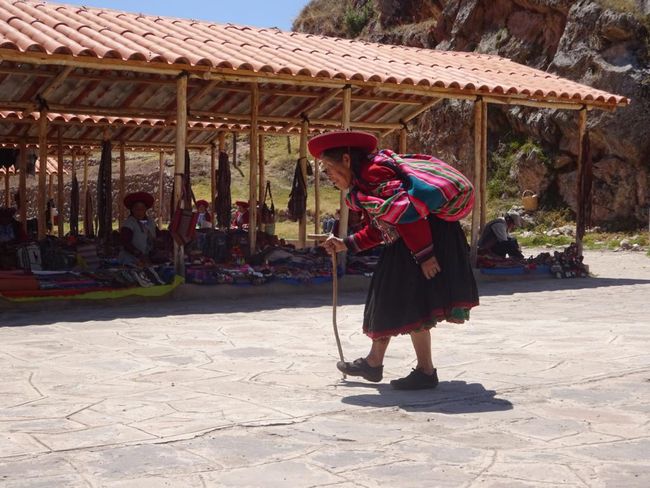
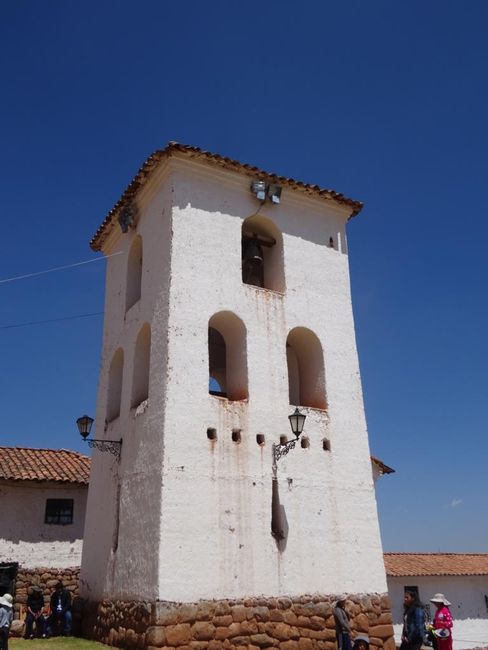
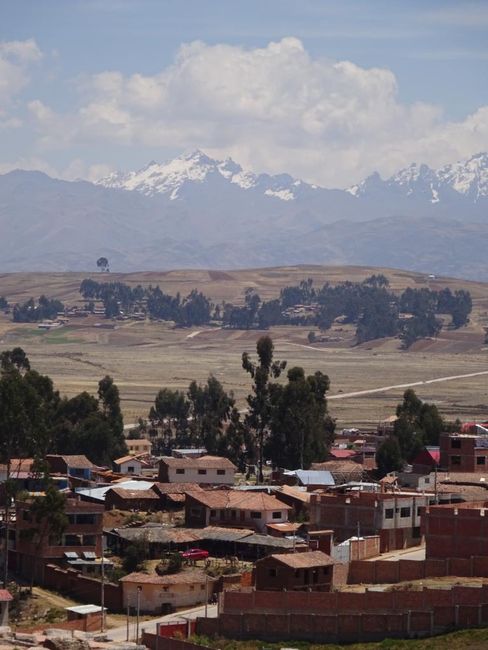
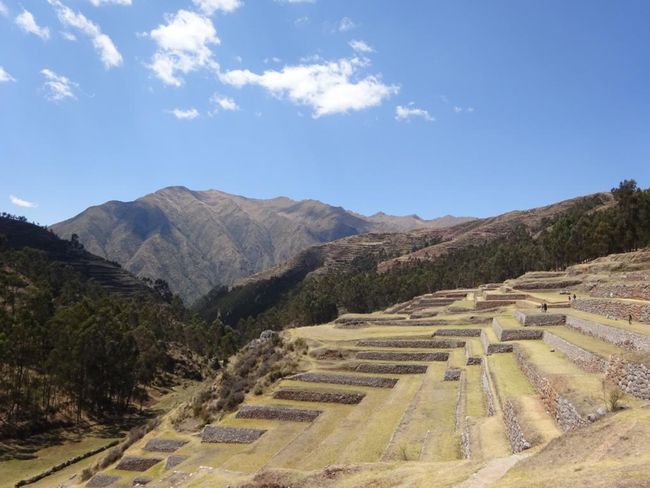
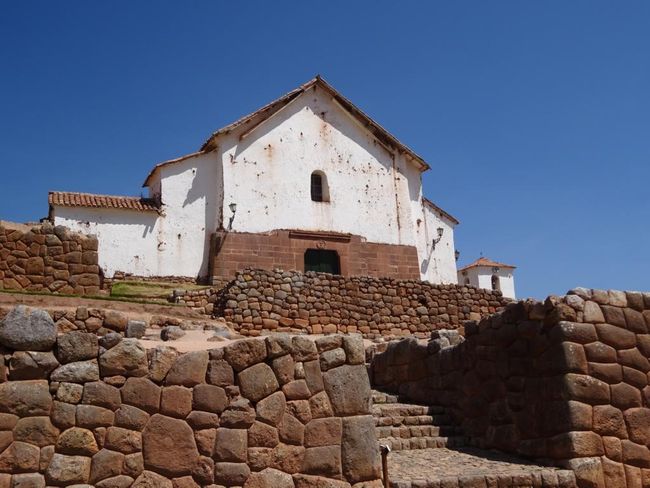
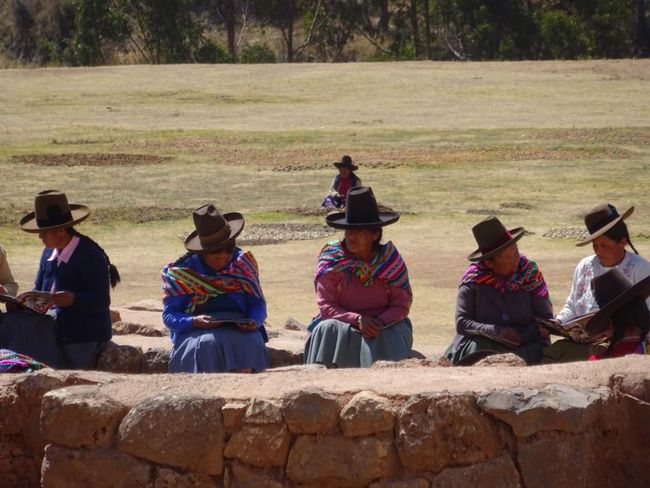
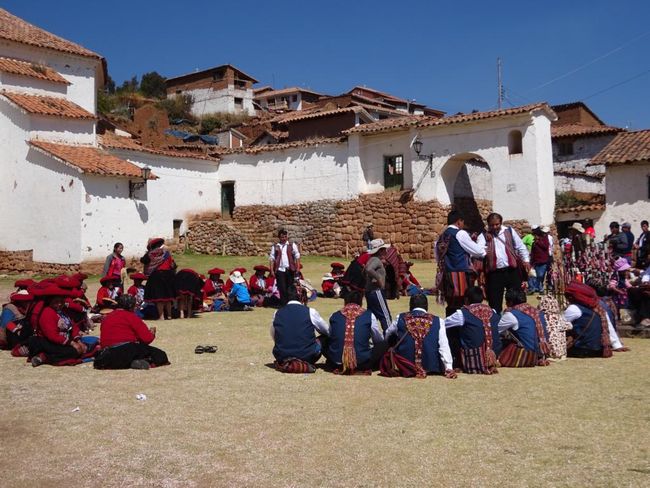
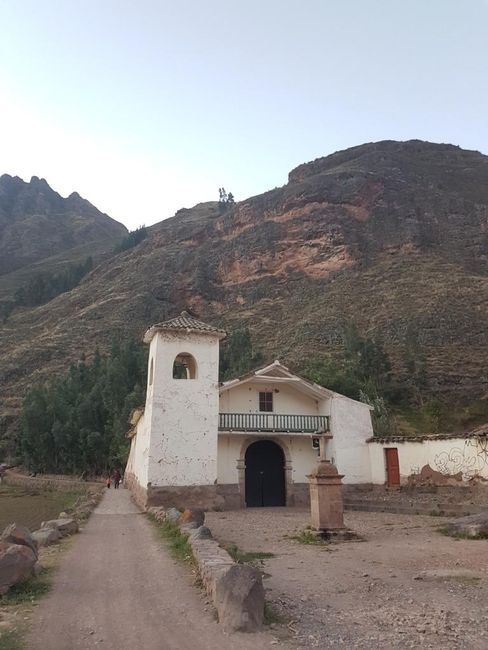
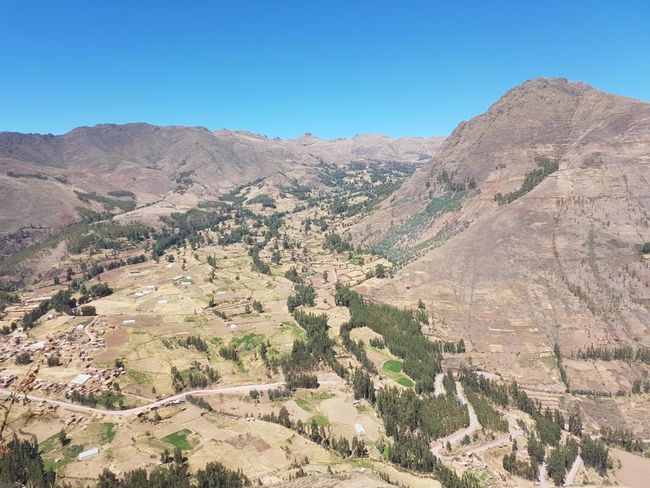
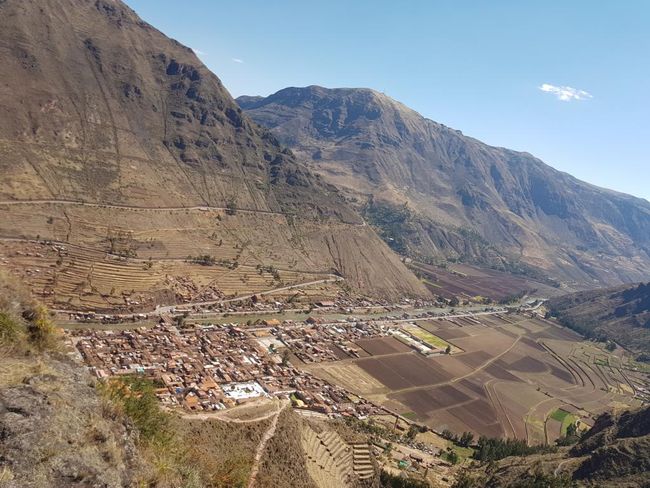
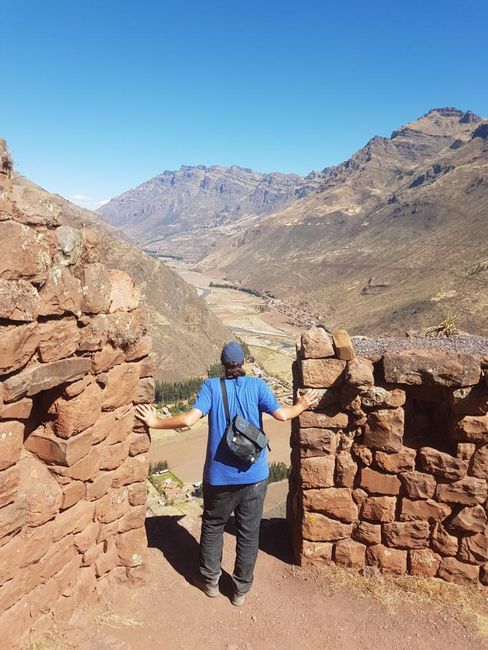
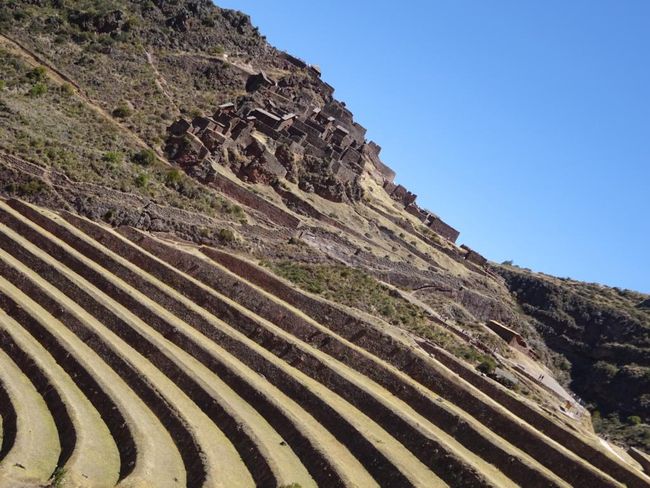
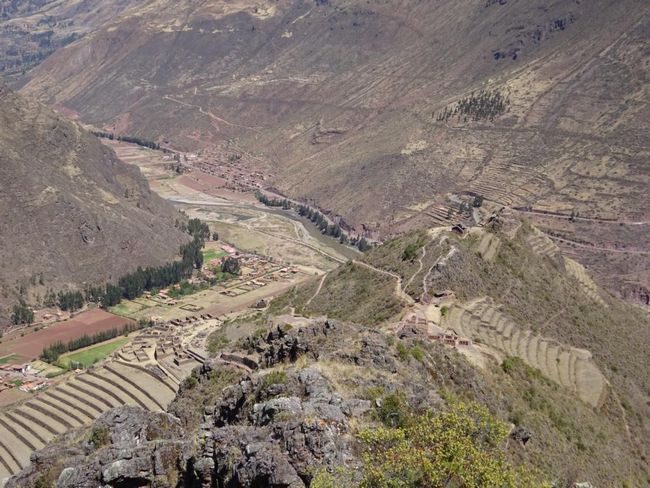
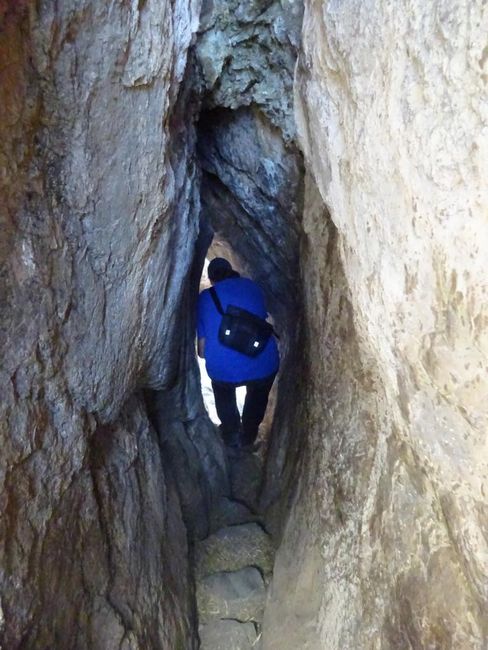
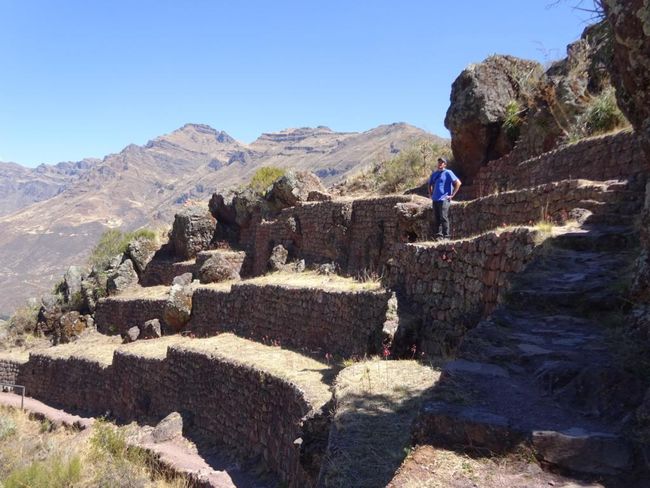
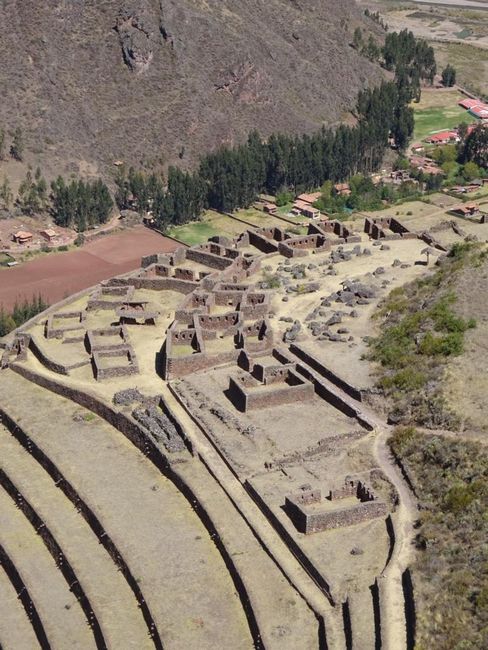
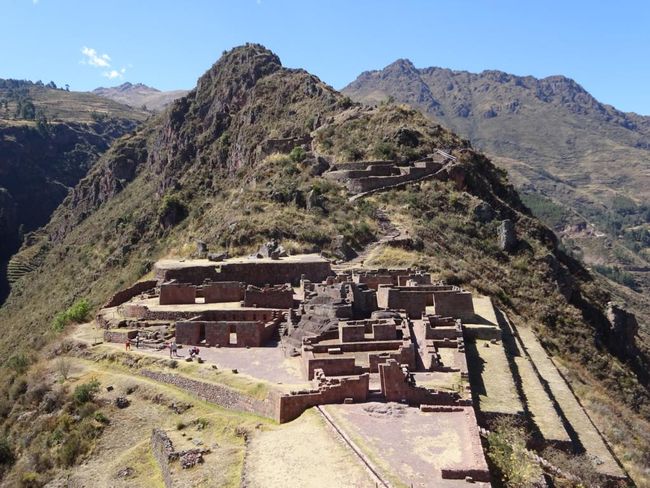
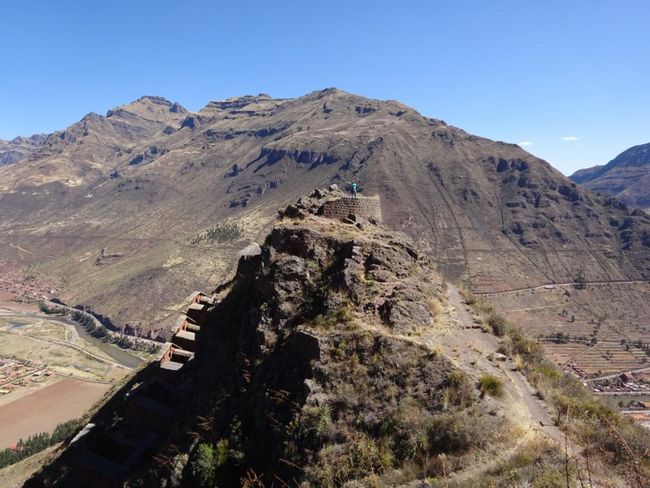
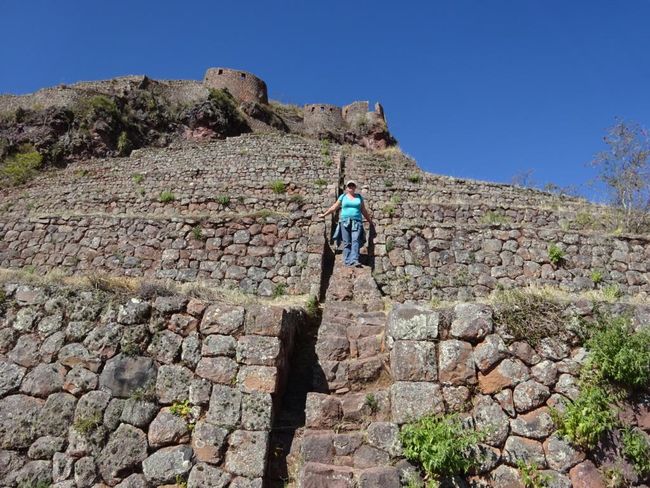
செய்திமடலுக்கு சந்தாதராகவும்
After arriving in Santa Teresa, we took a collectivo taxi towards the evening to the thermal baths there, which (very likely rightly so) enjoy a much better reputation than the baths in Aguas Calientes. The facility is very beautiful, there are several large pools with different water temperatures. A refuge for our still very sore legs. The only drawback was that there were no lockers, so you had to keep an eye on your belongings. The atmosphere in the bath was very nice, a young guy from Chile sat on the edge of a pool, played his guitar and sang with his friends. And it has to be said, the guy could really play and sing well, all the other bathers enjoyed listening to him and clapped diligently. When he played the song "Hasta Siempre Comandante Che Guevara", immediately all the bathers joined in, it was very amusing.
The next day we took a collectivo to the next village, Ollantaytambo. This is a pretty place with narrow cobblestone streets. Ollantaytambo is dominated by 2 mighty Inca ruins, one of which we visited. The site was quite nice and extensive. As usual, the Incas also built this site on the mountain, so that you got quite out of breath during the ascent. But from above you had a wonderful view of the landscape, the village of Ollantaytambo and the Inca ruins on the mountain opposite.
Next, we drove to the town of Urubamba. Urubamba itself has nothing to offer, but it is a good starting point to visit surrounding attractions.
In a few weeks, elections would be held all over
Peru. A new mayor would be elected in each district. Election posters were
hung up everywhere, people painted their house walls with the emblems
of their party, and cars with speakers on the roof drove by constantly,
blaring election propaganda or specially composed songs from the various parties.
First we went from Urubamba
to the village of Chinchero. There we visited another Inca ruins,
more precisely just Inca terraces, which were not
particularly spectacular. All these ruins in the Sacred Valley are
part of the Boleto Turistico of Cusco.
When we returned to
the village square of Chinchero, a bridal couple had just come out of
the church. We took advantage of the situation and slipped past the
crowd into the interior of the church to have a look. We didn't have much
time for it, as we were soon expelled. Interestingly, most of the churches
(especially the small ones in the villages) in Latin America are always
locked and access is only possible during worship, but then of course
you're not allowed to walk around and see the inside.
So we sat down outside again and
watched the action. When the wedding party had left at some point,
suddenly many people in indigenous attire came forward. They sat down on the ground in a circle, drank and ate,
and some men spoke to the people. One of the children playing around us
explained that their parents were also present,
it was a kind of community meeting that took place once a month.
We came to Chinchero especially on a Sunday
because we had read that there would be a large market on Sundays, where the locals from all the surrounding
villages come here in their indigenous costumes to buy vegetables. Unfortunately, the market was not as big
as expected, it consisted largely of tourist souvenir junk, and there were not as many colorful costumes
to see as expected.
So we strolled around the market for a while,
bought some fruits, and then started looking for a collectivo that would take us back to Urubamba.
The next day we hired a taxi driver who would take us to the archaeological site of Moray and the salt mines. Theoretically, it would have been possible to go by collectivo, but it would have been difficult to get back. The collectivos are a bit tricky here. If you can get on at the starting point of the route (or in a larger city along the route), it's all very easy. You simply go there, buy a seat, wait until the minibus is full, and off you go. With the collectivo, you can get off anywhere along the route, there are no fixed stops. You just tell the driver when you want to get off, and he immediately stops. Theoretically, you can also get on anywhere along the route, you just wave when you see the bus approaching. However, since the bus only leaves when it's full, it can be quite difficult to catch a bus if you want to get on somewhere along the route in the middle of nowhere. So you might wait for ages on the road, waving to every passing bus in the hope that there are one or more free seats. The whole public transportation system is not yet fully developed here.
The terraces of Moray were really
quite impressive. In a large earthen pit,
different levels of circular terraces were cut. It is assumed that the Incas used the site as a kind of laboratory
to find the optimal conditions for growing various plants. Various remnants
of different seeds have been found in different areas.
Then the journey continued to the salt mines, where salt is produced. Water is led through the mountain
where it absorbs salt. At the exit point, the highly salinated water is directed into small pools
where it evaporates due to the heat of the sun. The salt remains, it is piled up into hills,
dried, filled into sacks and transported away. The facility offered a fairly spectacular and surreal view, especially
from a distance. But it was also very interesting to walk along the salt pools, where one could also
watch the people at work. Everything is done by hand here. The salt pans have been used
since Inca times to obtain the spice.
Our last stop in the Sacred
Valley took us to the town of Pisac. Pisac is known for
its colorful tourist market as well as its hiking trail
along several Inca ruins.
Since the individual sites are quite
far apart and all along a mountain ridge, it is best to grab a taxi and go to the upper entrance
of the site. From there, you can hike along the mountain ridge back to Pisac and visit the individual ruins. The hotel
had told us that it would take about 2 hours for the whole route,
we took it easy and it took us about 4 hours. The
individual Inca sites were not particularly spectacular, but
the view and the hike (which luckily was mostly downhill for a change) were fun.
Since the hike took almost the whole afternoon, there was little time left to stroll through the market. I really like the traditional skirts that the women wear here. In every village, the women wear different patterns and different colors. But unfortunately, you can't buy them anywhere, and if you can, only in the ultra-short tourist mini-skirt version. Jörg simply approached 2 older local women along the way and asked where one can buy such skirts. The women hardly spoke Spanish, only Quechua, and waved their daughters over to translate. They then explained that you can't buy the skirts in the markets, each family makes their own. However, one of the old women did not hesitate to show off her business acumen and was about to take off her skirt in the middle of the street to sell it to me right there. But I didn't buy it. At the price she was asking, I would have wanted a new one. Especially since I had already observed several times along the way what the women do with their skirts. No napkin at hand to wipe your mouth after eating? A handkerchief is needed to blow your nose? No problem, a woman always has a skirt for such cases.
Most people visit the Sacred Valley as a guided day trip from Cusco. We spent almost a whole week in the Sacred Valley before returning to Cusco. In the first weeks in Peru, we traveled on to the next place every 2 days. But you can't keep that up without taking a break in between. The Sacred Valley was a very pleasant place for such a break. Here, there was a pleasant and leisurely atmosphere, friendly people, and the cost of food and lodging was not so expensive. Until now, we had only visited cities in Peru, here we got to know a little bit of the rural side of Peru.
We spent our last night in Cusco
in the same hotel where we had been before, and it will probably remain unforgettable. I was lying on my bed and reading.
Suddenly, out of the corner of my eye, I saw movement in the curtain next to my bed. At first I thought it was the wind...and then I realized
that a rat had just climbed through our window! I screamed and jumped out of bed.
Jörg took a moment to understand what was going on. The rat was hanging in the curtain and we tried to drive it back out the window. Suddenly, it made
a huge leap, jumped onto the bed, and then disappeared underneath. What should we do now? In the rush and hysteria, we thought
we should quickly make our dinner disappear so that it wouldn't be attracted by it. So we flushed it down the toilet. And what happened?
The toilet actually overflowed as well! That was the ultimate disaster...it couldn't get any worse.
Like headless chickens, we ran around the room, not knowing whether to take care of the overflowing toilet or the roaming rat. Well, first the toilet.
Said and done, while one kept an eye on the rat. Then the suitcases were closed and piled onto the beds.
Then
I ran downstairs and woke up the landlord. Of course, he didn't believe me when I told him about the rat, there were no rats here! He said he would come
up immediately. When he came upstairs, he was armed with a bucket, a broom, and a dustpan.
He still didn't believe in the existence of the rat until he saw it running through the room with his own eyes. And then
the rat chase began! But unfortunately, neither we nor the landlord had any plan on how to catch the rat.
Piece of furniture after piece of furniture was carried out of the room, the rat was chased from one corner to another, making a lot of noise. At some point, I was pushed out into the hallway because
I was carrying furniture outside, and the landlord closed the door. From then on, I could only hear what was happening in the
room, how Jörg and the hotel guy chased the rat, and I could barely contain my laughter. It sounded something
like a Tom & Jerry cartoon. Shouts, noises, a scream, something fell down, another scream: It's here!
At some point, the
rat ran under the door crack, and so the rat chase moved into the hallway. The hotel owner with the broom, me with a stack of magazines,
and Jörg with the bucket chased after the rat. And actually...eventually Jörg managed to catch the rat with his bucket! Ah, my Jörg, the
rat-scorpion-cockroach-spider killer...fortunately, there was a large window in the hallway that reached to the floor. The landlord
opened it and Jörg catapulted the critter out into the garden. The two cats that belonged to the hotel were waiting there...and
a moment later, the rat faced its creator.
And so our adventure in Cusco came to an end...
செய்திமடலுக்கு சந்தாதராகவும்
பதில்

பயண அறிக்கைகள் பெரு
